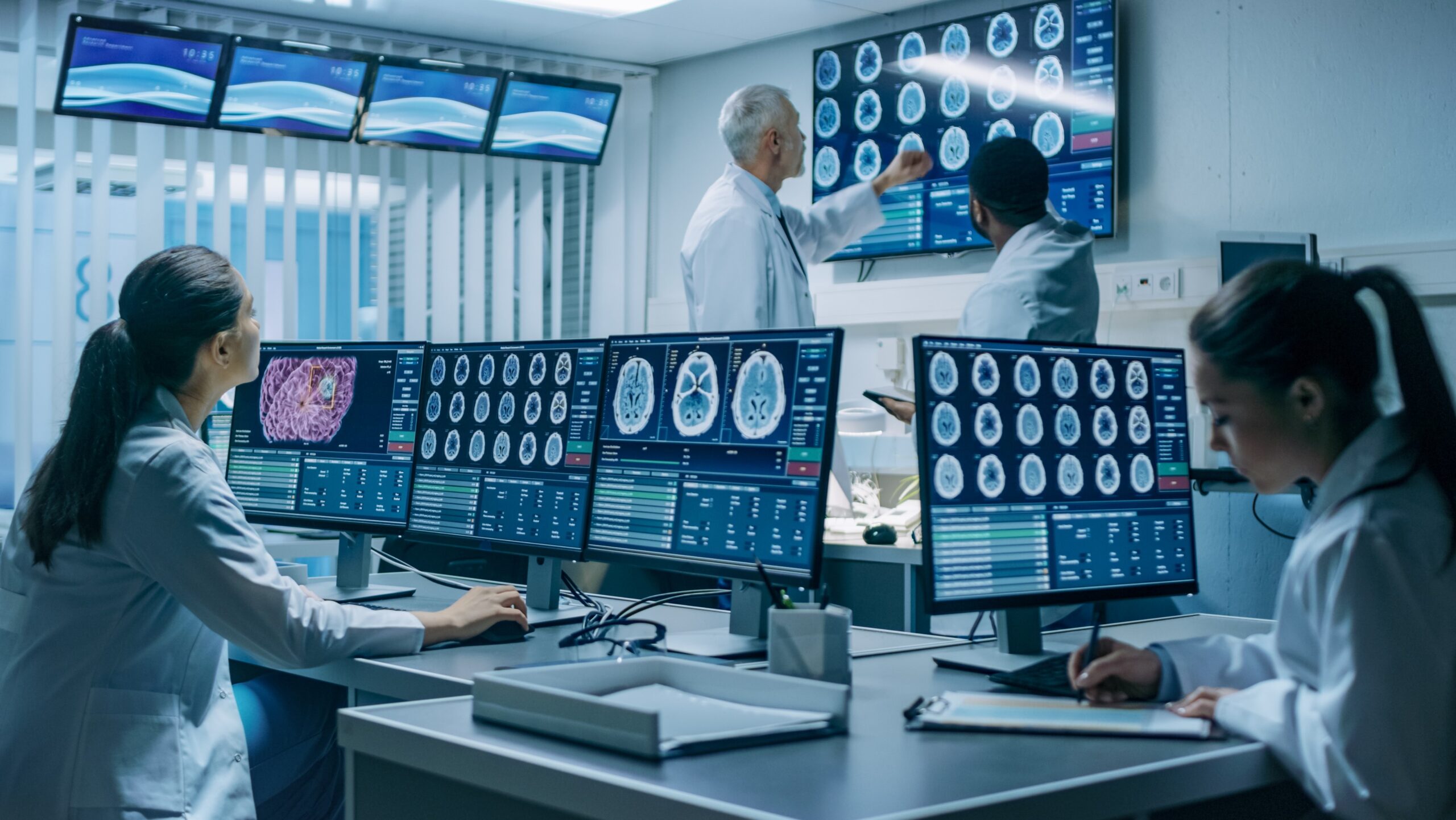

Digital Era of Pharmaceutical R&D
The level of #innovation in #pharmaceutical and #biotechnology R&D over the last few decades have been outstanding. We see that while disease management has radically changed and innovated, many experts in the industry as well as the investors admit that the industry is slow to adopt to new digital era and open up to the use of advanced technology to help with the #digitalization of #clinical research.
The goal of a biotechnology companies is to develop innovative medicines that demonstrate differentiated treatment opportunities while reducing the cost and time to market and maximizing return on investment. Recent Deloitte’s analysis of return on pharmaceutical R&D investments for a cohort of 12 large biopharma companies shows a sustained decline from 10.1 percent in 2010 to 3.2 percent in 2017. [1]
As the industry looks for ways to improve the performance of today’s R&D model, many companies are turning to digital technologies.
Fortunately, new digital #technologies are coming out and aim to optimize the clinical development process, and more broadly the entire R&D value chain. By 202, the digitalization will be fueling one-third of the growth and an estimated 40 percent of the profitability in the pharmaceutical market. [2]
Many of the new technologies are aimed at increasing operational efficiency and are used in activities such as:
- Patient recruitment
- Improving adherence
- Capturing and analyzing the data
- Decision making though IA and Big Data
While, in the last article, we spoke extensively about using artificial intelligence and machine learning in clinical research. Here we will cover what digitalization might mean for the biotech and pharma’s next generation of #R&D.
Firstly, to take the full advantage of the digitalization, any of the clinical research organizations, biotech or pharma companies needs to optimize their own infrastructure to allow for new technologies to make an impact. The main challenges listed by many are immature internal data infrastructure and analytics, regulatory considerations and cultural barriers.
Easier said than done, but biopharma companies should consider building updated data infrastructure shifting towards the use of shared drives and cloud enterprise solutions, while CROs can help enabling such change by integrating more interoperable digital platforms into their projects and client interactions.
Working with the larger pharma companies, I personally see great benefits in creating cross-industry consortia to address the digitalization from different angles: optimization of clinical development, use of technology as well as support in the development of new standards and regulatory guidelines to enable validation and standardization of such innovative approaches.
Digitization and automation in clinical trials becomes increasingly important topic when a biotechnology companies needs to scale its clinical operations. The more patients needed to successfully run a clinical trial, the more data points need to be evaluated. Ensuring quality control, and reducing human error, is essential to ensure that all patient data can be used and adequately compared.
A new study published by the American Journal of Roentgenology found that fatigue is a present problem among radiologists and affects diagnostic accuracy [3]. Additionally, the enrollment of patients who do not comply with the inclusion/exclusion criteria of a protocol occurs in 1 out of every 13 patients enrolled in electronic-based trials and more than 1 out of 7 patients in paper-based trials [4]. This could have incredibly dangerous consequences when examining the success of a new potential drug candidate.
Here at IAG, we see firsthand that our cloud based, machine learning platform is rapidly becoming a part of a larger wave of the global digitization, increasing capabilities of all our stakeholders who directly or indirectly linked to the trial data. One of the most interesting recent examples was our work in simplifying patient enrollment by automating and optimizing a complex patient eligibility workflow after aggregating live data from multiple disparate data sources. Making such process concise makes patient selection process much faster, in this particular case, shrinking 7 working days turn-around time to 4 hours. At the same time linking any decision step and the data intrinsically was paramount as this internal audit trail can prevent many errors, related to simple fatigue.
This of course links directly to the trial budget, which in the example described earlier was reduced by nearly 30%.
Looking across the clinical R&D process, we see that simple reduction or even elimination of the paperwork, providing state-of-the-art easy to use infrastructure including eCRFs, automated quality assurance routines, monitoring dashboards and other tools for real-time communication between trial stakeholders lead to the most satisfaction. So next time you want to print out a form and fill it in by hand while looking at your screen, think of how such a simple action will waterfall into an ocean of inefficiency. It pays to take time to prepare your digital infrastructure prior to the study star-up and design your optimized path before embarking on the journey.
Adopting to a digital mind-set in a clinical setting is a new business imperative. To continue to develop new and emerging treatments at a rapid rate, biotech’s will need to incorporate new technologies and create a comprehensive digital R&D strategy.
For more information or to continue this conversation please email: contact@localhost and visit our website at wp1.ia-grp.com
You can also meet our Bio-Partnering team at BioEquity and Bio
email to schedule a meeting: contact@localhost
Sources:
- https://www2.deloitte.com/insights/us/en/industry/life-sciences/digital-research-and-development-clinical-strategy.html
- https://www.accenture.com/us-en/blogs/blogs-digitalization-clinical-trials-winning-bet
- https://www.ajronline.org/doi/abs/10.2214/AJR.17.18613
- Thomas Bart, “Comparison of Electronic Data Capture with Paper Data Collection,” Pharmwatch, 2003
